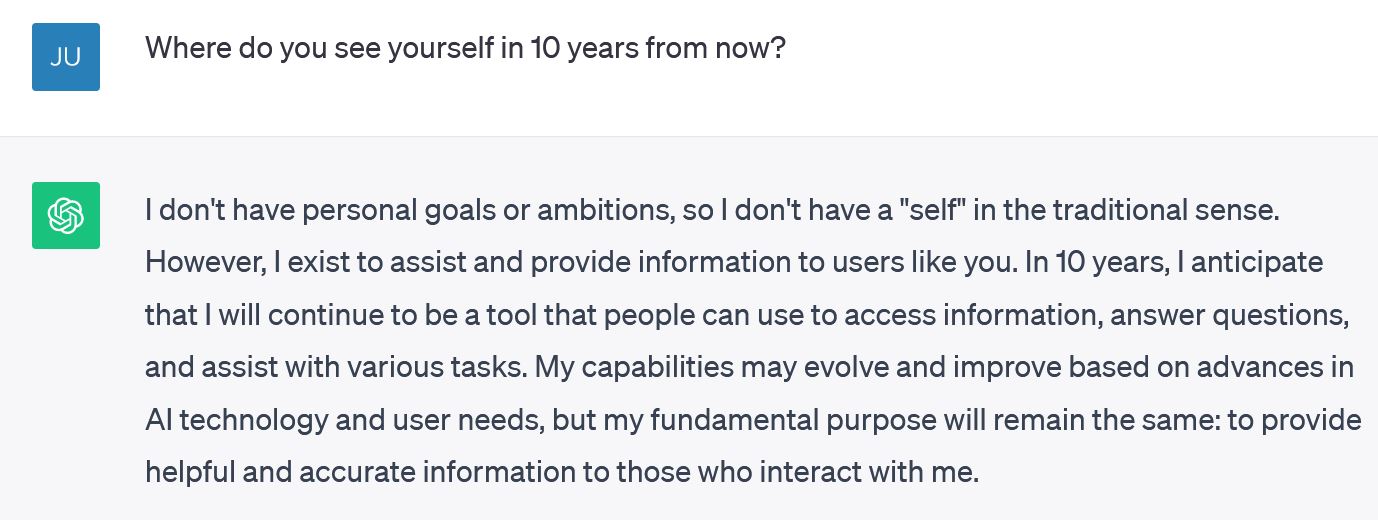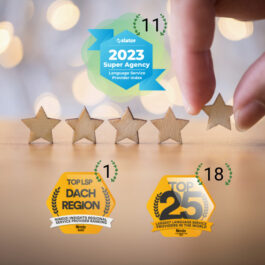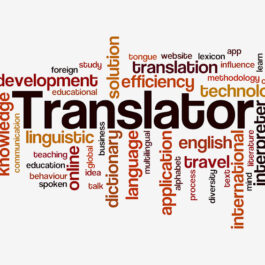The future of AI in language technology
Now we know what you’re thinking: Not another article about ChatGPT… Social media is already full of experience reports, and words of praise as well as criticism. And the initial hype has long since died down. Is STAR not a little late to the party here? In short, the answer is no – because we’ve been partying along with everyone else the whole time! 2023 is coming to an end and over the last few months we have been taking an in-depth look at the question of what place large language models (LLMs) should have in today’s language service industry. In June 2023, we reported on the EAMT conference in Tampere and took a little look at the future of this topic.
AI – Friend or foe? The moderate and sustainable use of modern AI technology in the translation process
The most important question we are currently trying to answer is how we can integrate modern AI technology into the current translation process in moderation, intelligently and sustainably. As a result of the technologisation of translation work, the job description of language experts has also changed over the past few decades From the introduction of CAT tools to the development of MT systems, and right through to the continually growing popularity of LLMs, translators have already been able to experience a technological leap in one way or another. You can read about everything that has happened over the past 35 years in the interview with our experienced STAR translator Fabienne Chapron.
AI – with the right know-how. Contributing to the improvement processes and overall quality
As has already been asked with the advent of the technologically-related NMT systems: Have we now finally found the Holy Grail? The uncomfortable answer to this admittedly not entirely simple question is that it depends entirely on how we use the technology and what we do with it in the future. Will LLMs replace the already established NMT models entirely and make the work of language experts superfluous? It’s unlikely. But can the modular integration of these technologies in modern CAT tools contribute to the improvement of processes and overall quality? We think so, yes! In the areas of terminology extraction, keyword searches and quality assurance, we can see great potential for reducing manual workloads and increasing the granularity of QA tools.
AI – The topic of industry events in 2023
The AMTA 2023 virtual conference, the tekom annual conference in Stuttgart and the AsLing TC45 conference in Luxembourg are three key events taking place in November at which the future of AI and machine translation and their importance for language services will be a hot topic of discussion. We think this is extremely important in view of the error rates of the systems, data protection, raising awareness amongst users and ethical responsibility.
Are you just as keen to find out more about this topic as us? Then get on and book your ticket for the tekom annual conference now. You can visit the exhibition free of charge! To do so, simply drop us an e-mail and we will send you the exhibition code you need to register straight away.
Amongst other things, you can look forward to the talk by our MT expert Julian Hamm on current topics and challenges relating to CAT tool development and the use of AI technologies as part of Augmented Translation.
What might the technology look like in 10 years’ time
As an experiment, we asked ChatGPT directly for a self-assessment:

Is it all just hype? What do you think about the future of AI technologies?
We are keen to find out your experiences and we can help you – simply get in touch.





















